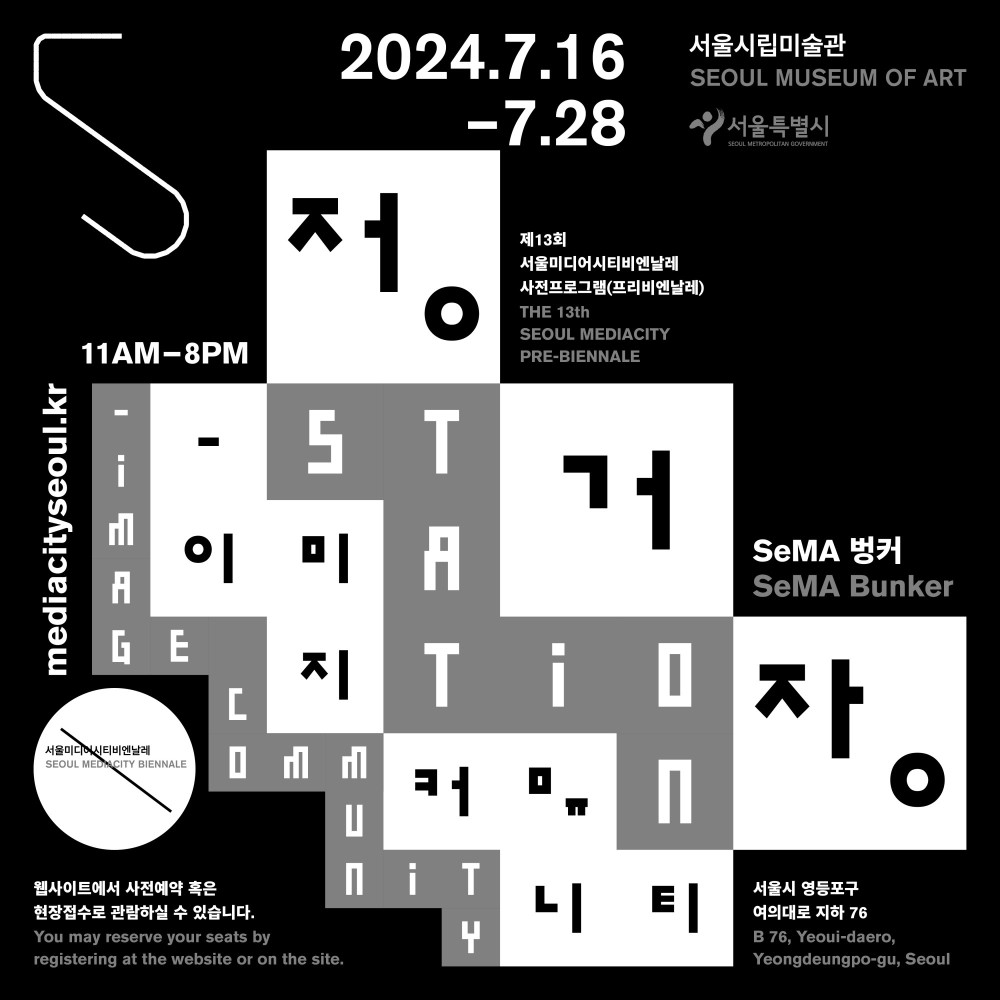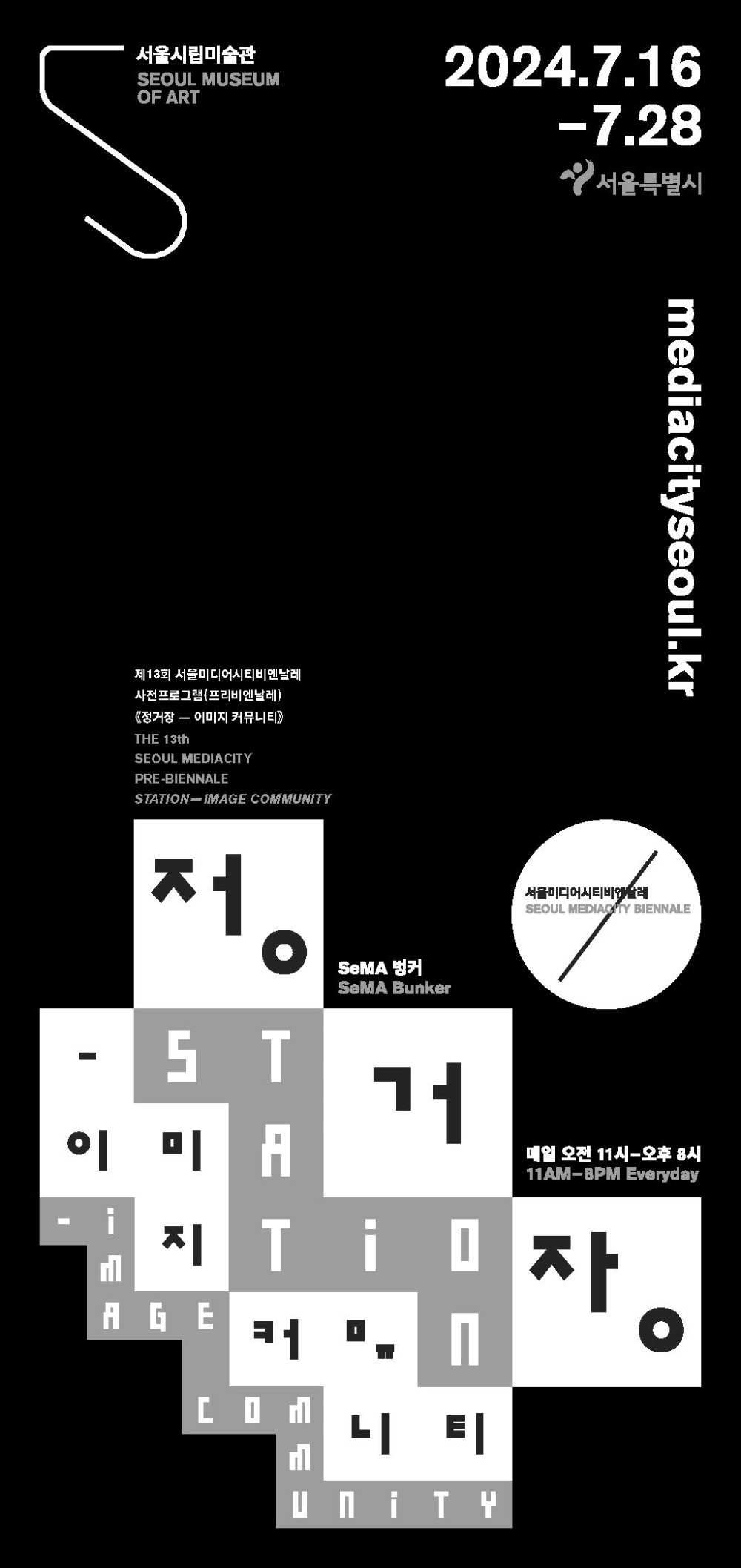
This artwork focuses on a Korean nationalist phenomenon known as the “Taegeukgi rally” and reconstructs image data and records to investigate its historical origins, thereby reproducing the “intentionally created consciousness” of contemporary Koreans. Using the audiovisual language of documentary film, the artist contends with life on the “periphery” as a place where centrist histories are overwritten and demonstrates an alternative approach to narrating history based on geographical and regional characteristics. This artwork is premised upon the artist’s belief that when a group or community with a shared history considers certain events “exceptions,” they actually reveal the most acute representations of that group and thus become indicators of that community. Originally installed on both sides of a hanging screen within the exhibition hall, this two-channel video airs an intense collection of audiovisual archives that correspond to the concept of “twisted nationalism” by separating perspectives into two temporalities: present-day Korea as a republic and historical Korea as colonial Joseon. The newly edited version of this work screens these distinct timelines in close proximity and explores unsolved entanglements of history as well as the fundamental cause of this uncanny collectivism.











